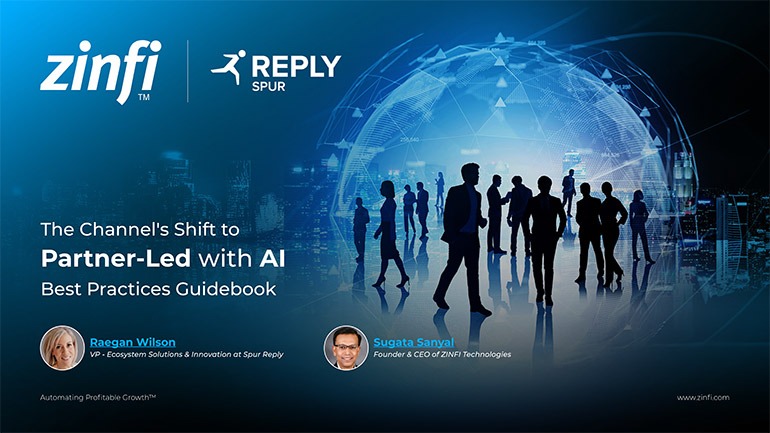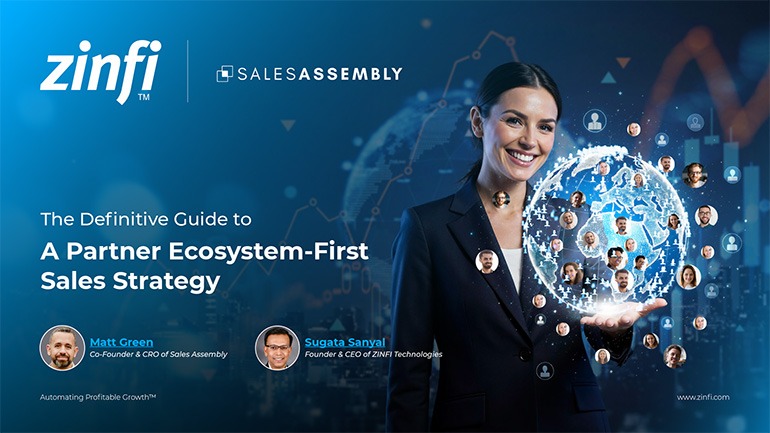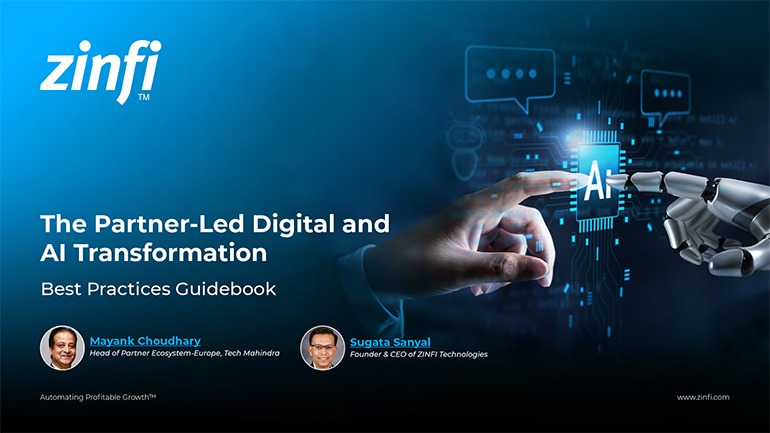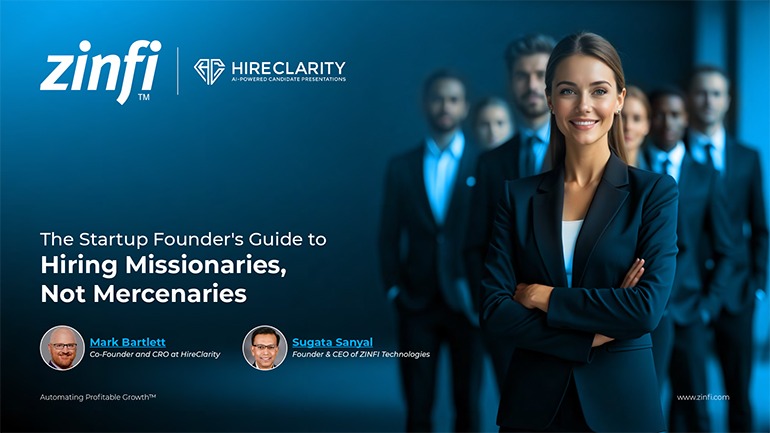Best Practices Articles

Vision of The Future – The State of Content Marketing in 2025
Bill Gates once said, “We always overestimate the change that will occur in the next two years and underestimate the change that will occur in the next ten.” Where will content marketing be in 10 years from now? In a moment, we’ll take a look at some scenarios. But first, let’s examine the primary drivers behind the incredible evolutionary process that content marketing has undergone for many thousands of years. Then we’ll be in a position to predict where potential change vectors could merge.
From the Big Bang to the Middle Ages
Content marketing started with cave paintings almost 40,000 years ago in Asia and Europe. In fact, some pre-historians suggest that humans had been trying to communicate much earlier than that. Now let’s fast-forward through Mesopotamian, Egyptian, Greek and Roman civilizations, the evolution of several religions, the retrenchment of civilization during the Middle Ages, and the flowering of the European Renaissance. In each of these phases, we saw various forms of communication emerge, such as the advent and distribution of papyrus across multiple countries around the world. However, during this long period in which the pace of change was tepid by today’s standards, the single most important invention that suddenly changed everything was the Gutenberg printing press in the mid-fifteenth century. From that moment, the rate of change in content distribution (and associated marketing activities, like getting the word out from church and state) began to increase exponentially. Presses were introduced around the world and ideas spread rapidly – and so did content marketing to get relevant messages out.
Renaissance to the Vietnam War
In the mid-twentieth century we saw the rapid evolution of short-form content marketing, what we now regard as the formal beginning of modern advertising. This was primarily a monologue and took distributed content via added communication channels like radio, television and billboards. Honda introduced us to the concept of influential marketing when it broke into the US market by hiring people to tool around on bikes in California to show off their capabilities against the best-known brand at the time, Harley-Davidson.
The Second Big Bang
And then the Internet happened! And, everything changed in the world of content marketing. First, content gravitated away from short-form advertising to longer-form articles and content. In the early days of Internet we went through a stage of mass aggregation and walled gardens, exemplified by America Online (AOL) in the US. Similar concepts were explored in other developed countries. Then, Wikipedia broke through using a crowd-sourced model – remaining free of advertising, much to the chagrins of marketers, but benefiting billions of people on the planet. Wikipedia demonstrated that experts can create great content, and this became the model for many aggregated sites today. While plenty of these sites do add value for readers, many unfortunately do not. In the meantime, Internet users have become progressively savvier in distinguishing among truly original news content vs. blog postings vs. pure advertising.
Y2K to the Great Recession
The primary contribution of the year 2000 (Y2K) was to show us the path towards a major dot-com boom-and-bust. Other than the hype and hysteria, Y2K did give us a better idea of what the Internet could become as medium, even though many groups, forums and communication mechanisms failed miserably due to lack of user value and clear business models. Content marketing not only survived, but also thrived during a phase leading to the evolution of online press release mechanics, the increasing sophistication of various blog sites, and the emergence of many new premium content sites that traverse the border between news, expert views and promotional content. However, readers also continued to get smarter and could easily separate from the wheat from the chaff.
Now to 2025
The evolution of social media and interest feed sites is now taking content marketing to the next level; however, big opportunities exist for getting the word out using the right mechanisms to target readers. As bandwidth becomes free, communication moves progressively to video, audio and texting, and content consumption primarily happens on mobile devices, it seems fair to suggest content will shrink again. Based on these fundamental trends, I am placing my bets on the following changes:
- Social media will reinvent itself. Social media will stay strong, but how we interact today will completely change. Elements of newsfeeds, shares, etc. will remain in place, but deep content personalization will evolve as a primary driver of change. The explosion of content on the web is leading to content curation, which is a great opportunity for content marketers. Curation is at its infancy, but soon people will tune out random vacation photos of strangers and smiley cats in favor of more focused content of personal interest. Just as cable television fragmented into numerous interest-focused channels, content on the web will evolve into highly focused sites that will benefit both consumers and business readers.
- LinkedIn Pulse will die or reconfigure. As the novelty of random bits and bytes wears out, LinkedIn users will abandon the current incarnation of LinkedIn Pulse. The more LinkedIn pushes the platform into a marketing medium, the more Pulse will lose its value, forcing the company either to reinvent it or abandon it.
- Google will change how we search. With the advent of multiple social media sites and Google’s failure to get more traction with Google Plus, the company may end up merging with Facebook or buying Twitter or other similar properties. Remember, in the end they are all in the same business: advertising. As social media enters prime time, these sites become a natural way to aggregate content. For their part, users get access to the power of personalization, with the ability to set up filters in their profiles that will feed content they actually want and need. This will impose immense changes on how search is done today.
- Rebirth of aggregated sites. LinkedIn is great, but it is very hard to weave through millions of pieces of random content to find what you want. Pulse provides great content, but, again, it’s a push vs. a pull approach to gaining an audience. The emergence of DVRs and time-shifting demonstrates that audiences don’t like to be controlled. We want to consume our chosen content our own way. With that in mind, we can expect to see significant advances in content curation and a dramatic evolution in aggregated sites that will resemble the increased diversification and personalization of television programming that we see today.
- Bloggers will unite or stop blogging. Google will make it harder and harder to use blogs to trick the search engine optimization game, so blogging as we know it today will move towards a more aggregated model. Domain experts – a.k.a. moderators or “expert bloggers” – will rule the day. Most media organizations that rely on editorial content to drive advertising will either go out of business or completely reshape it using the Wikipedia model. They will become destination sites of current readers, but will fire most of their in-house staff and rely on moderators from all over the world who are experts in their domain.
- The FCC will get involved. The agency already exerts plenty of control over advertising and false advertising; however, there is currently very little control over fake content that is written to promote products and services. We will see major lawsuits involving brands for making false promises, and that will likely lead to a reframing of influence marketing. The use and abuse of Twitter and Facebook today by celebrities to promote products will change. The FCC will get more involved in content marketing.
- Readers will rule. The result of all these major changes is that readers will rule. They will get authentic content and will fully leverage personalization filters in much the same way we leverage privacy filters today. Most of the social media channels have focused too much on advertising, so as users get bored they will abandon ship. We are going through the second wave of user adoption in the social media channels, primarily driven by developing countries coming online, but as this wave slows down the social channels will be forced to return their focus back to users and give them more control.
I fully realize that this article may live on forever, and in 2025 when we look back I will look either like a genius or a complete fool. However, one thing I am sure of is that the next 10 years are likely to be one of the most exciting periods in history for content marketers, as we continue to develop new technologies, platforms and approaches for getting the word out on things that we believe in and care about. No matter what happens, I would bet my life that the last of these predictions will be proven true: Readers will rule. As content marketers, if we keep that important principle in mind, we may miss a turn here and there, but chances are we will arrive where we want to go ahead of the others.
Best Practices Guidebook
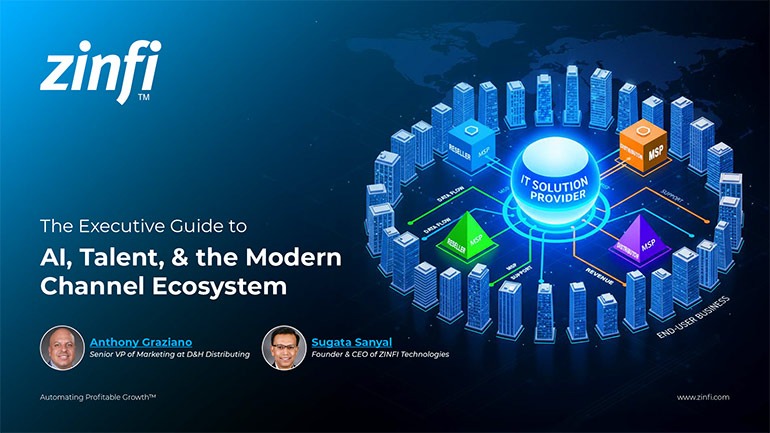 Modernizing Channel Marketing: AI and Ecosystem Enablement Best Practices
Modernizing Channel Marketing: AI and Ecosystem Enablement Best PracticesDownload for FREE
 The Channel’s Shift to Partner-Led With AI Best Practices
The Channel’s Shift to Partner-Led With AI Best PracticesDownload for FREE
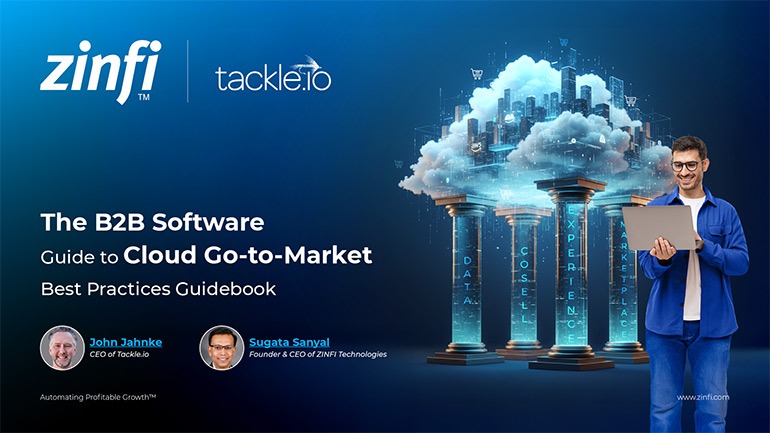 Hyperscalers, ISVs, and AI: Shaping the Future of B2B Software Distribution
Hyperscalers, ISVs, and AI: Shaping the Future of B2B Software DistributionDownload for FREE
 Definitive Guide to a Partner Ecosystem-First Sales Strategy
Definitive Guide to a Partner Ecosystem-First Sales StrategyDownload for FREE
 The Partner-Led Digital and AI Transformation Best Practices
The Partner-Led Digital and AI Transformation Best PracticesDownload for FREE
 Startup Talent Recruitment: Hiring Missionaries, Not Mercenaries
Startup Talent Recruitment: Hiring Missionaries, Not MercenariesDownload for FREE
 The Future of Partner Relationship Management with AI in Partnerships
The Future of Partner Relationship Management with AI in PartnershipsDownload for FREE
 Cybersecurity for the 99%: Strategies from the Frontline
Cybersecurity for the 99%: Strategies from the FrontlineDownload for FREE
 Mastering Partner Relationships: A Strategic Approach to Business Growth
Mastering Partner Relationships: A Strategic Approach to Business GrowthDownload for FREE
 Mastering Partner Relationship Management: Keys to SaaS Channel Success
Mastering Partner Relationship Management: Keys to SaaS Channel SuccessDownload for FREE
 Navigating the AI Revolution: Guide for Partners in the Microsoft Ecosystem
Navigating the AI Revolution: Guide for Partners in the Microsoft EcosystemDownload for FREE
 Mastering the Modern Buyers Journey: Sales Leader’s Guide to AI & Engagement
Mastering the Modern Buyers Journey: Sales Leader’s Guide to AI & EngagementDownload for FREE

